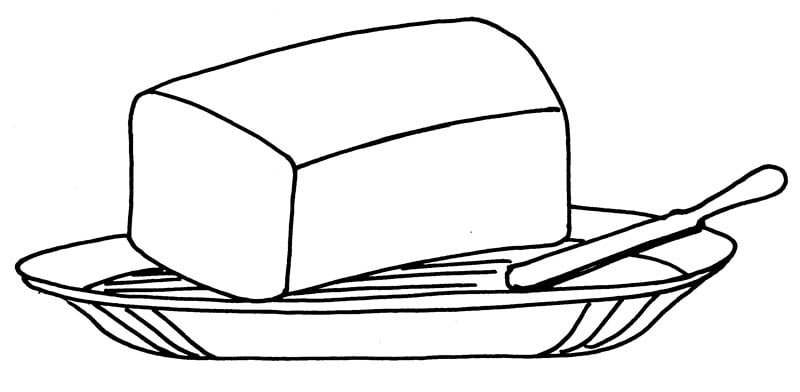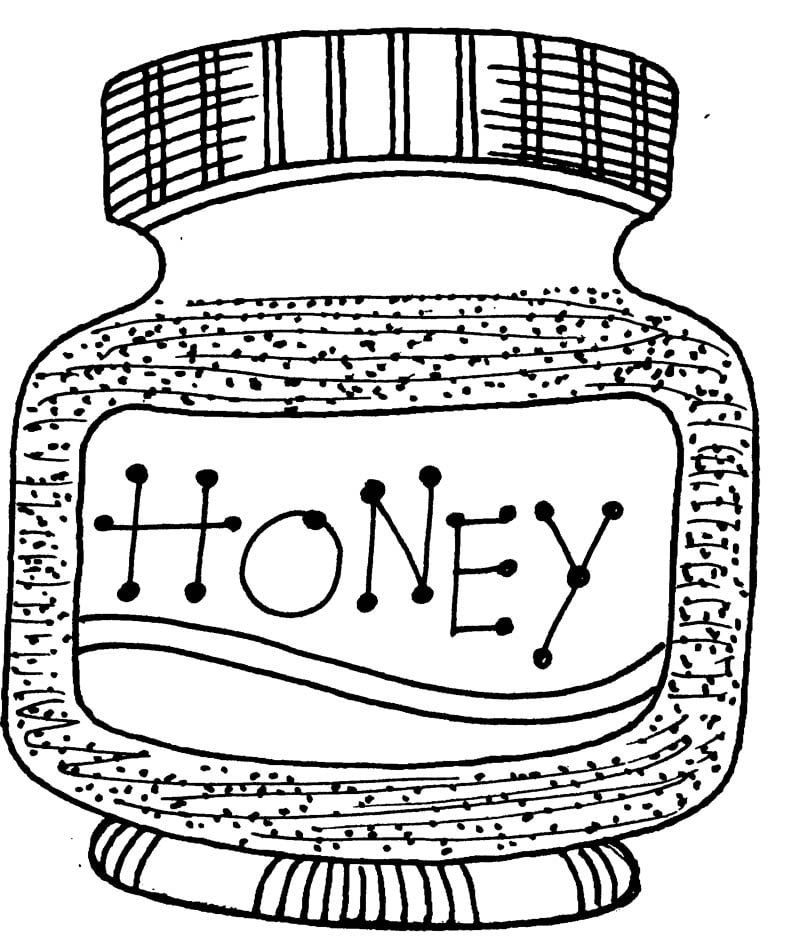Curd (Yoghurt, Dahi)
Curd is a fermented form of milk. It is almost a specific for heart ailments, for senile state in preventing and delaying degeneration of body, purifies blood, keeps digestive system healthy, has more Vitamin B Complex than milk. It renders the complexion fair, lustrous, oily. It is a mild laxative but, in case of diarrhoea and dysentery, it is a boon, if used with rice. It keeps the mind alert, protects mucus lining of the stomach, it is bactericide. Rub curd on face, hands, head (rather on entire body before taking bath) to dispel bad odour and impart glow, shine and lustre to body. If there is (dry) itching on the skin (as often happens in winter due to cold and dry winds) mix mustard oil with curd (1:10 Ratio) and rub on the affected parts. It is rejuvenator of entire body system, as it destroys toxins in the body, improves digestion and improves general well-being.

Curd should, in fact, form an essential part of daily diet. It has been observed that persons using curd regularly are healthier, more alert, have soft and glowing skin, better bowel movement when compared to those who shun or abhor use of curd. Mixing black salt, cumin powder, black pepper powder with milk will serve as an appetiser.
Butter milk is lighter, cooling, more easily digestible, and a tonic. It is a natural laxative and stimulator of colon. Regular and free use of butter milk, by all age groups (particularly by the young and the old) promotes growth, longevity, corrects disorders of liver, stomach, colon and, above all, gives a feeling of general betterment of the body and brain. Diabetics can also use both curd and whey. Mixing some sliced pieces of onion in curd, adding some salt to taste, should be a part of every inebrient’s diet (also before and after a drink). It will stop nausea and vomiting tendency. When cheese has been separated from milk, it is called ‘whey’ which contains milk-sugar, mineral and vitamin and is useful in loose motions. It is a digestive tonic of very high food value. Curd and buttermilk should be avoided during rainy days, but whey can be used all the year round. During summer ‘Raita’ of cucumber prevents heat. Hand-beaten unpuffed rice (chiwda) should be mixed (after dipping in water and used when softened) with curd to give coolness to stomach, cure loose motions. It is, in fact, a complete diet. Banana (sliced into pieces), curd and honey mixed together, make an excellent food tonic.
Cheese (Paneer)
It is full of protein, low in fat, and is used in various food preparations. It is consumed raw or fried in saltish delicacies, in sweet meats and contains almost all the ingredients of milk. Cheese is a bit costlier also but its nutritive values cannot be denied.

Consumption of 50-100 gms, per day, of raw cheese will nourish the body, impart glow to it, keep up normal bowel movement, suits healthy and the patients alike. Taken in excessive quantity, it can create putrefaction in intestines, wind trouble, sour eructations etc. But its moderate use, in raw form, will impart health and energy to the body. Mashed cheese should be given to infants who cannot digest milk. Cooking destroys its nutritional properties, hence always opt for raw cheese, except when medically advised to the contrary.
Milk (Doodh)
Milk is nearly a perfect food, having in suitable proportions, carbohydrates, fats, proteins, minerals, vitamins and other ingredients which are said to be necessary to sustain and maintain good health. The protein, found in milk, contains all the essential amino acids with high biological values which repair body cells and also build up the body.
Food Value : Moisture-87.5%, Protein-3.2%, Fat-4.1%, Other Minerals-0.8%, Carbohydrates-4.4%, Calcium-120 mg, Iron-0.2 mg, Phosphorus-90 mg, and small amounts of Vitamins B-Complex, K and P. Calorific Value-67 (Per 100 gms of edible portion of milk). Milk’s fats, proteins and carbohydrates can be easily digested, as it merely takes half an-hour for milk to digest. It starts to curdle in the intestines almost immediately after it reaches the stomach as its organic salts and water contents are immediately absorbed, whereas other liquids take much longer time. Milk is suitable for all age groups, from infancy to old age. Milk is the only substitute, particularly cow’s milk, for mother’s milk. It is equally beneficial for nursing mothers, expectant mothers, infants, growing children and toddlers, apart from its use for bed-ridden persons and old people, Milk promotes long life, dispels exhaustion and run-down conditions, builds up energy, improves the memory, sustains/nurtures body, as it is a wholesome and well-balanced food item. Milk, being an essential part of our diet, is used for many preparations which include cheese, yoghurt, whey, khoya, butter, ghee, sweet-meats, desserts, various delicacies in bakery and confectionery, medical preparations etc.
Milk is highly beneficial in disorders which include short/under weight, hyperacidity, insomnia, skin disorders of various origins and respiratory disorders. Taking one litre of milk, in divided doses, will suffice to meet a persons daily requirements of all nutrients. It is also a potent vehicle for aiding in beauty of face, hair, hands, feet rather skin as a whole.
Milk with cornflakes or porridge or with banana will make an excellent breakfast and wholesome food. Those who suffer from constipation, insomnia should take a glassful of milk at bed-time. It will also keep blood pressure within normal confines. It also lowers serum cholesterol, For diabetics and most of alcoholics, milk is an ideal aid.
Sugar cane (Ganna)
Fresh juice of sugar cane, mixed with milk, is a health-giving body building and refreshing food. It provides instant energy to fatigued persons. In hot summer conditions it serves to quench thirst, dispel heat and its adverse effects, adding some lime juice and a pinch if salt to it. The juice is also used for certain sweetening purposes. The juice strengthens brain, eyes, heart, sex organs, stomach and kidneys. It is a diuretic and thus clears urinary disorders. In cases of hypoglycaemia, extreme weakness, it will provide instant energy. Its juice is also useful in cystitis, nephrites, burning sensation, strangury, hyperacidity, jaundice, enlarged prostate, weak heart, gonorrhoea. It would still be better, if coconut water, lime juice and ginger juice are also mixed to it.
Juice
Frail and under weight persons can add weight if they take its juice with milk. The diabetics (with high sugar content in urine and blood) are advised to use sugar cane juice with utmost caution. The juice is processed to prepare sugar, jaggery, sugar candy out of which jaggery is the best form of sugar cane juice.
Honey
Honey is a tonic for the body as it has immense food values consisting of 28 minerals, 11 enzymes, 22 amino acids, 14 fatty acids and 11 carbohydrates. It has unique food values and medicinal properties. It is yellowish-brown in colour, semi- translucent, having viscid, saccharine substance, is too sweet. It’s odour is aromatic, and taste sweet, acrid. Hippocrates believed that, if combined with other food, honey was health giving and nourishing.

Socrates believed that honey’s use will prolong life and improve health. Honey can be preserved for an indefinite period, if it is pure and, perhaps that may be the reason as to why the Greeks and Egyptians embalmed the dead bodies with honey.
Basic sugars remain constant in honey at 76% (approx.) since it contains surcose-20%, lebulose-40%. and dextrose-34%, destrine and gums range from 1.5% to 2%. Honey is digested witnin twenty minutes of its intake. It is far more superior, as far sugar is concerned, to other forms of sugars as it is non-irritant to the digestive system, is sedative, nonirritant to kidneys, and easily assimilated by the body. It is the only food which is allowed, in ayurveda, to be used by the diabetics, Bacteria easily succumb to its anti-germ property. It is a great disinfectant and hastens cure of wounds, if applied locally. It is known to lower blood pressure, increases flow of blood to the heart, soothes and tranquilises agitated and tense nerves, adds weight to thin persons, eases cough expectoration, imparts strength to lungs, quenches thirst, removes dryness of mouth, sinusitis, breathing problems.
Honey and lemon juice should be mixed in lukewarm water to reduce weight, and taken in the morning on empty stomach. The thin and weak persons should take one teaspoon of ghee, two teaspoons of honey mixed in warm milk in the morning or at bed time to gain weight and strength. Alternatively take a tablespoon each of grape brandy, honey and a beaten egg’s whole content—these should be mixed with hot milk, adding a teaspoon of clarified butter (ghee). The said recipe would rejuvenate the whole body, if taken only in’ winter, and impart a new look to face. In case the recipe does not suit, it dust be discontinued forthwith.
For cough and colds equal quantity of fresh juices of basil and ginger be mixed with honey and licked. Whenever you feel tired and exhausted, take 10-15 ml of honey in water. Honey reduces uric acid, hence it is useful in gouty and rheumatic cases. It is equally useful for arthritis also. Honey helps to subside pains and swelling due to burns, as it prevents formation of blisters. Mix 5-10 ml honey with equal quantity of yoghurt and milk to energise and tone up the body. If honey is taken with meals, it will do away with muscle cramps. Honey, used in any form, is an infallible food item.
